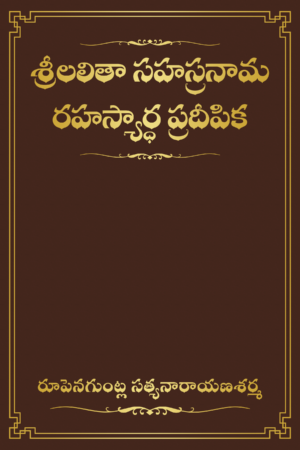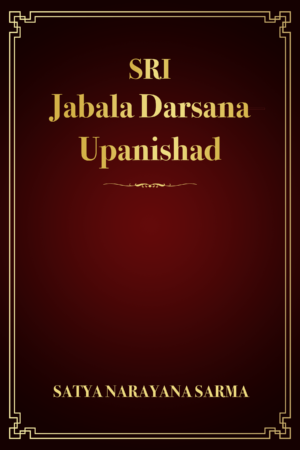Vijnana Bhairava Tantra is a part of Rudra Yamala Tantra which again belongs to the category of Bhairava Agamas. This is a Jnana Tantra which contains one hundred and twelve meditation techniques as different from outer rituals prescribed by other Tantras. The techniques taught by many gurus of today in all mystic schools are found in the list of these 112 methods.
We find the practitioners of these techniques more in East and North of India than in the South. Especially for the followers of the Trika system of Kashmir Shaivism, this book is a favorite. There are many commentaries available on these verses. Nevertheless, I too have tried to explain them in the light of my understanding and experience.
Those who are adept in the control of Prana and mind, Dharana and Dhyana could find it easy to practice these methods. For others, this book just satisfies their idle curiosity. The speciality of this Tantra lies in its simple and direct approach in teaching the meditation methods without beating around the bush indulging in theoretical jargon.
Those who are interested in Tantra need to search for a competent guru, learn the subtleties of these methods from him directly, practice and experience the results mentioned in this book.
We hope that this book too, like our earlier books, will be appreciated by readers.






